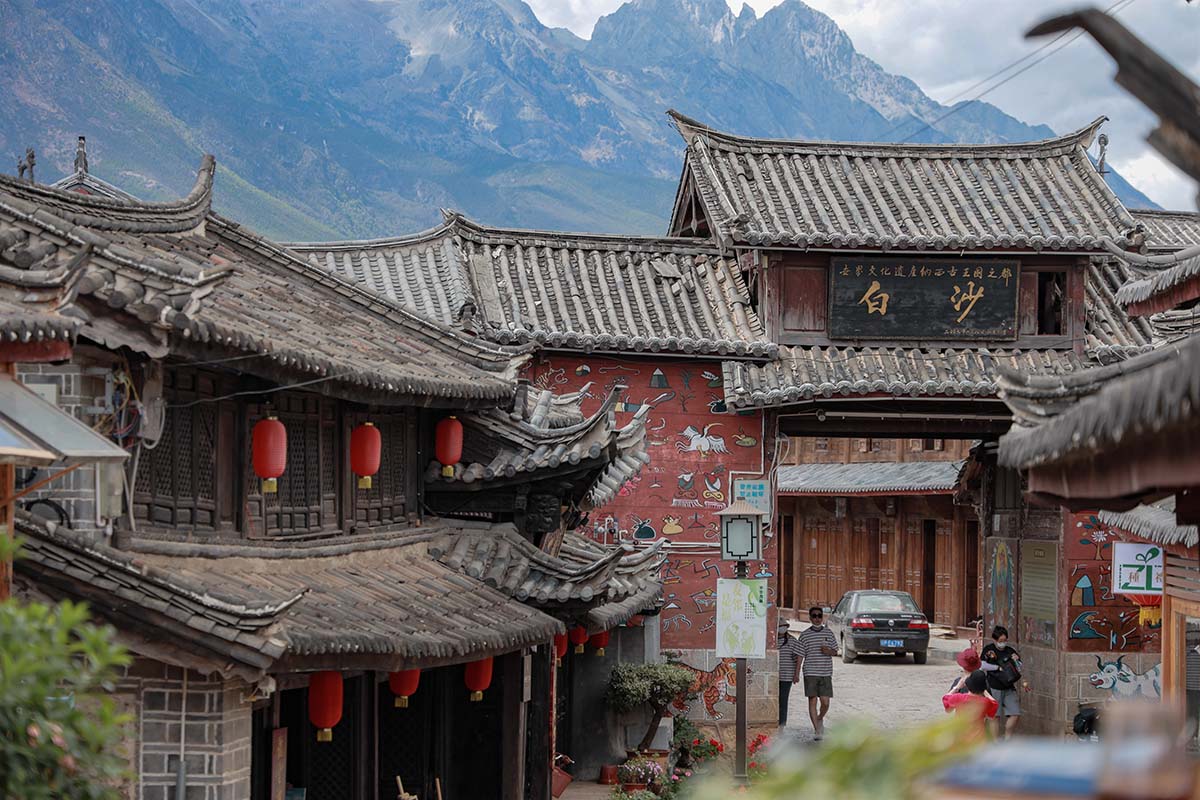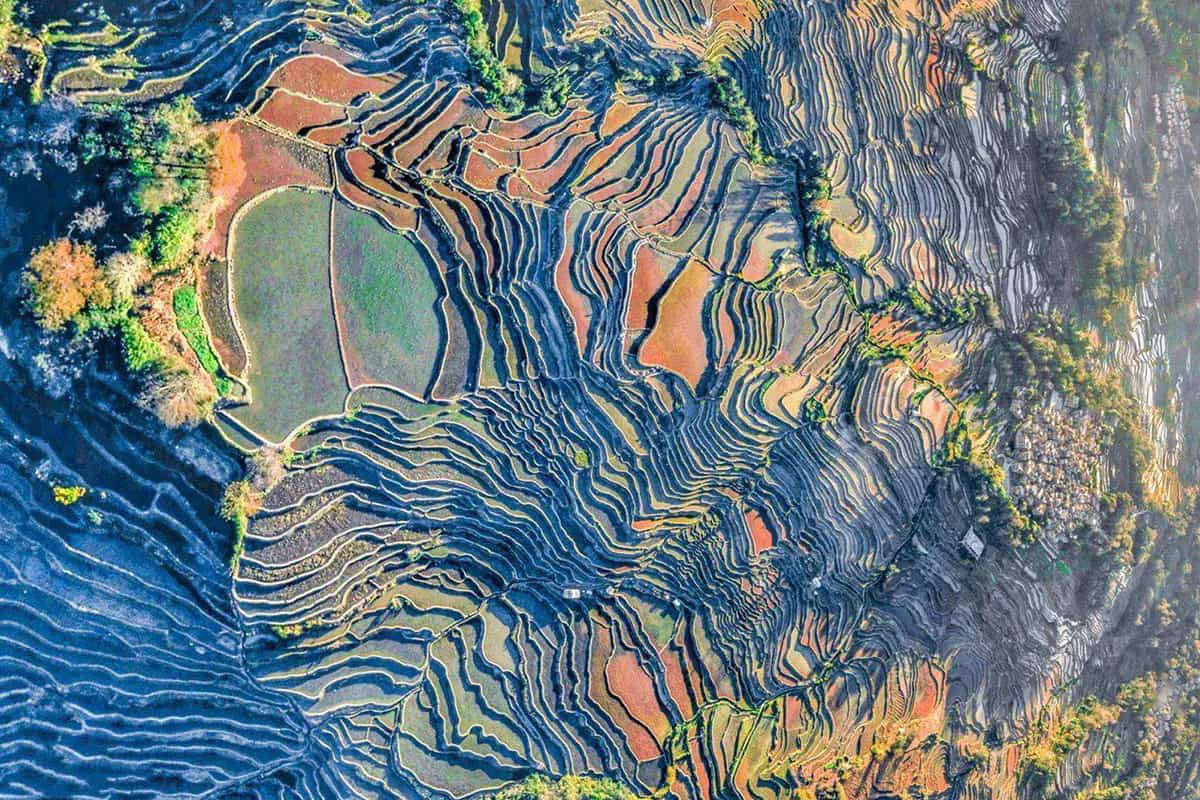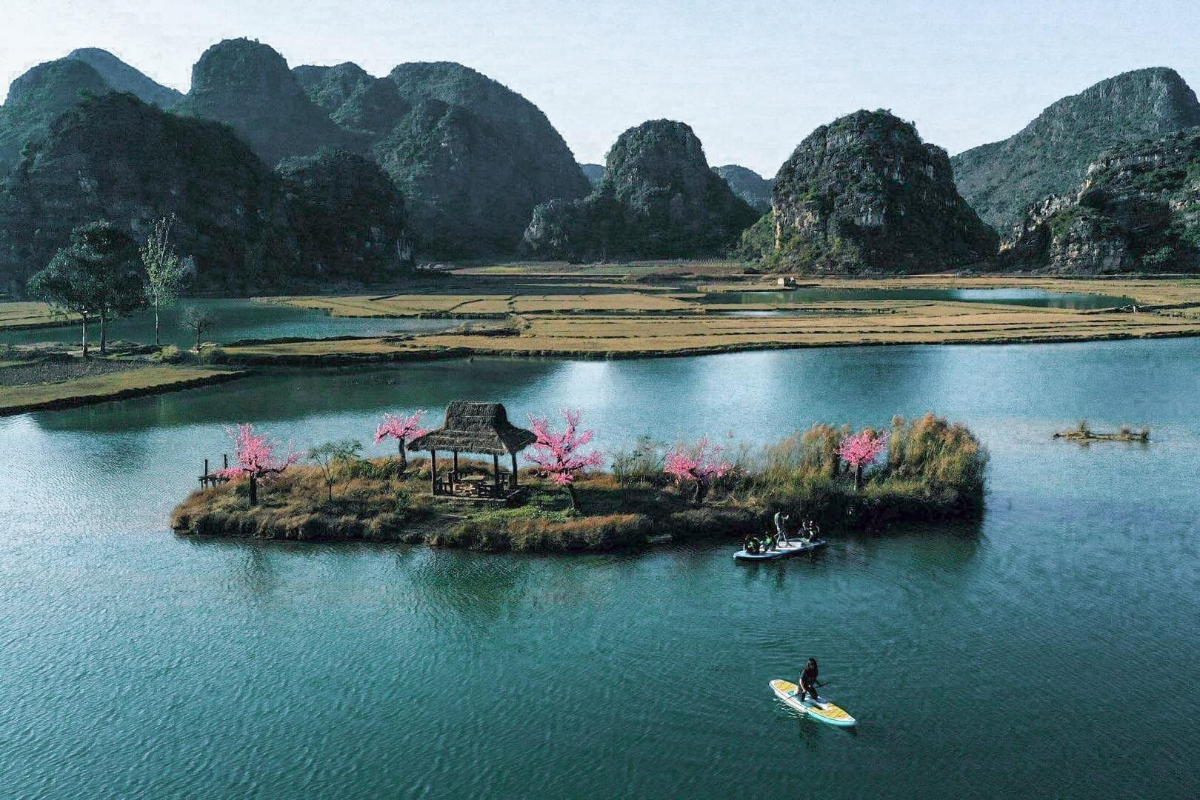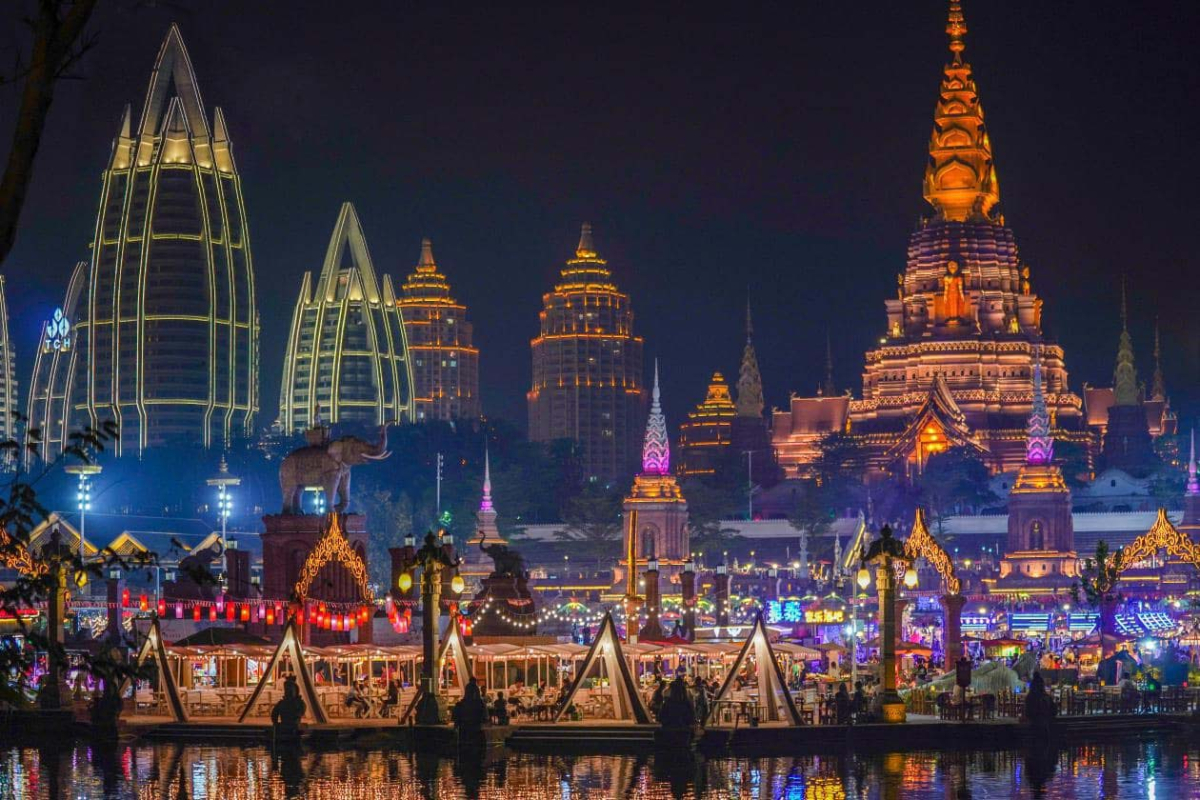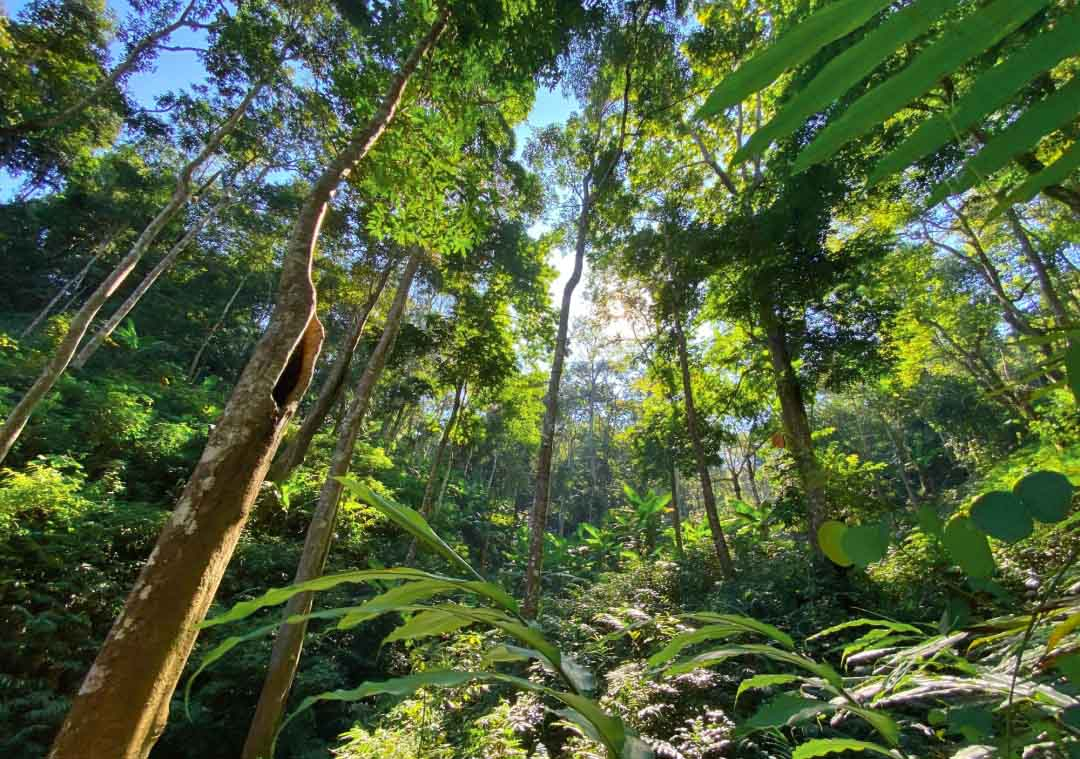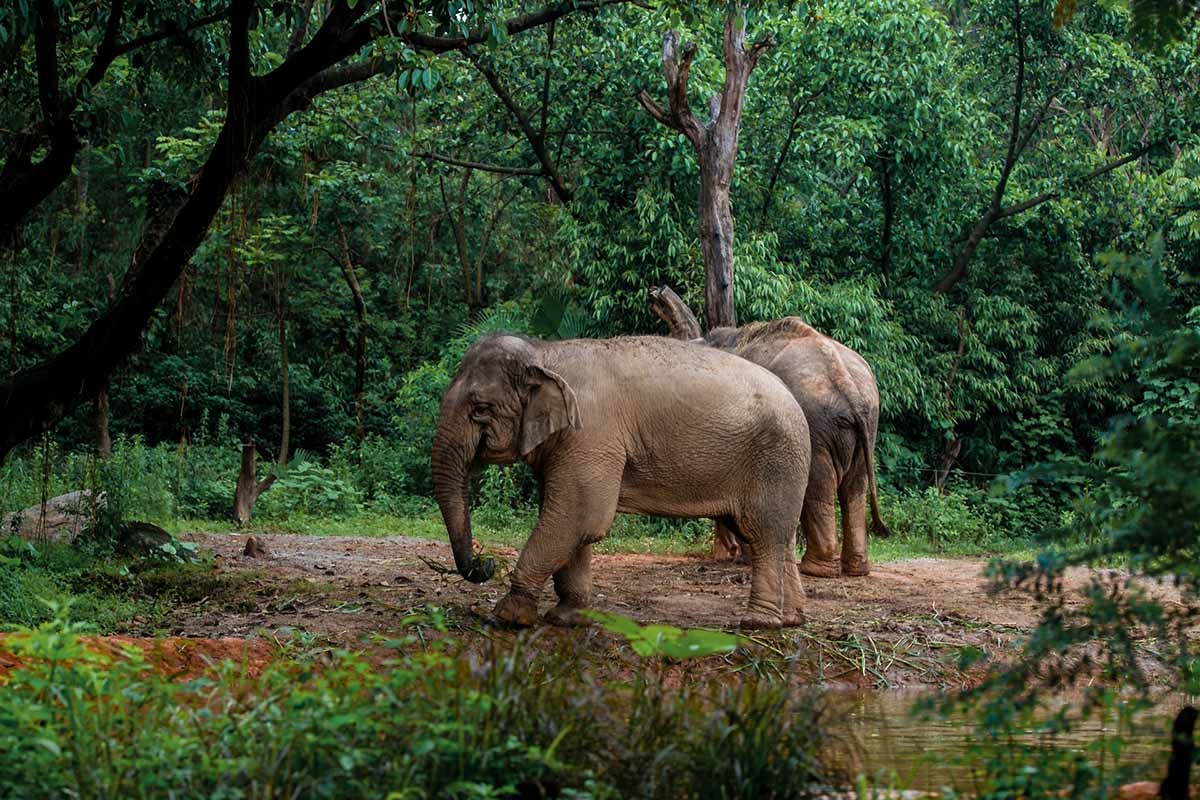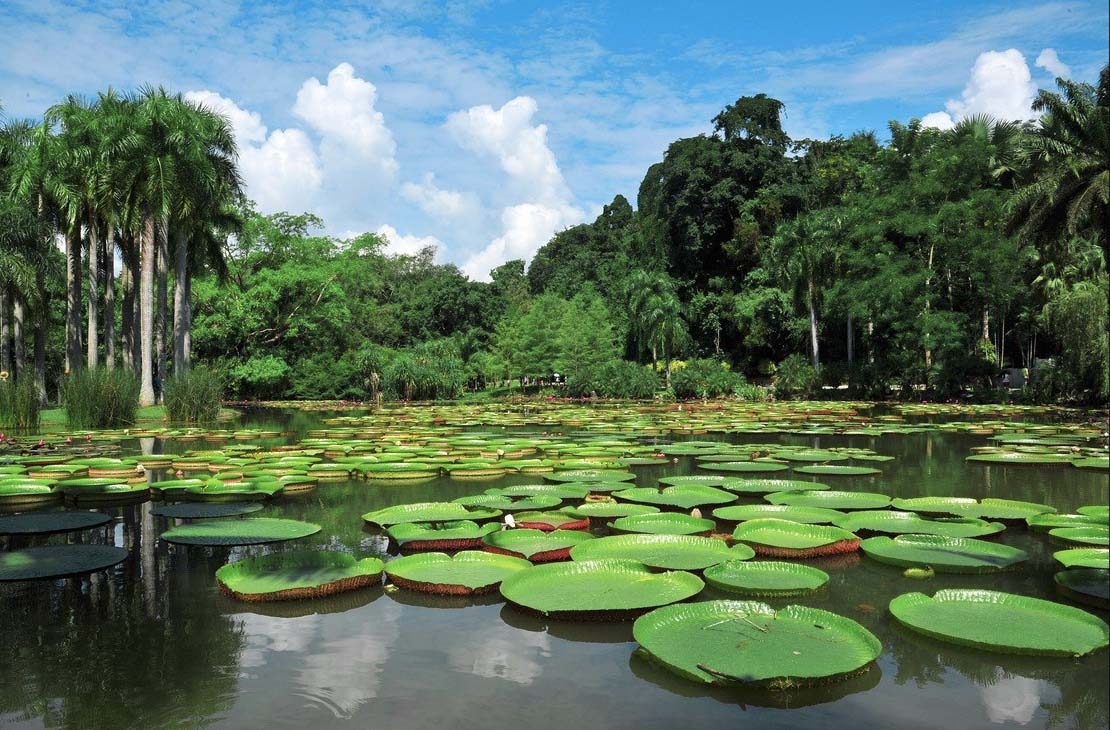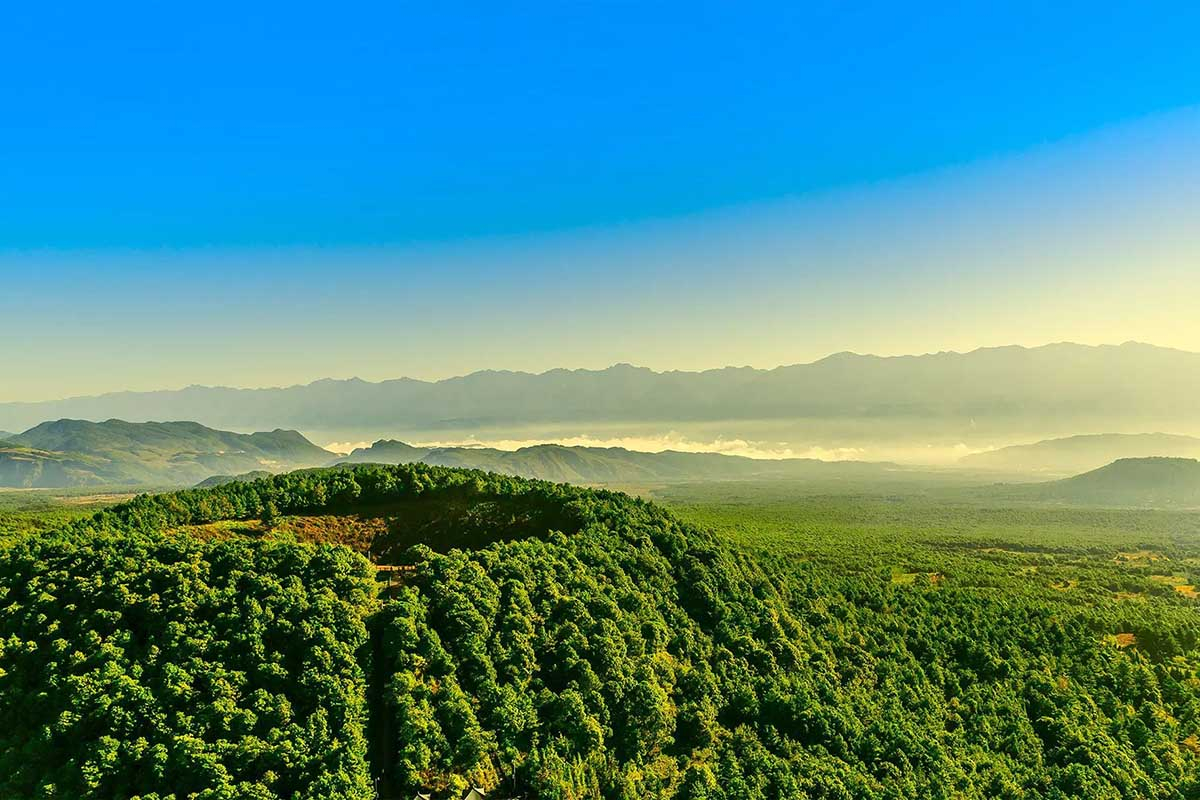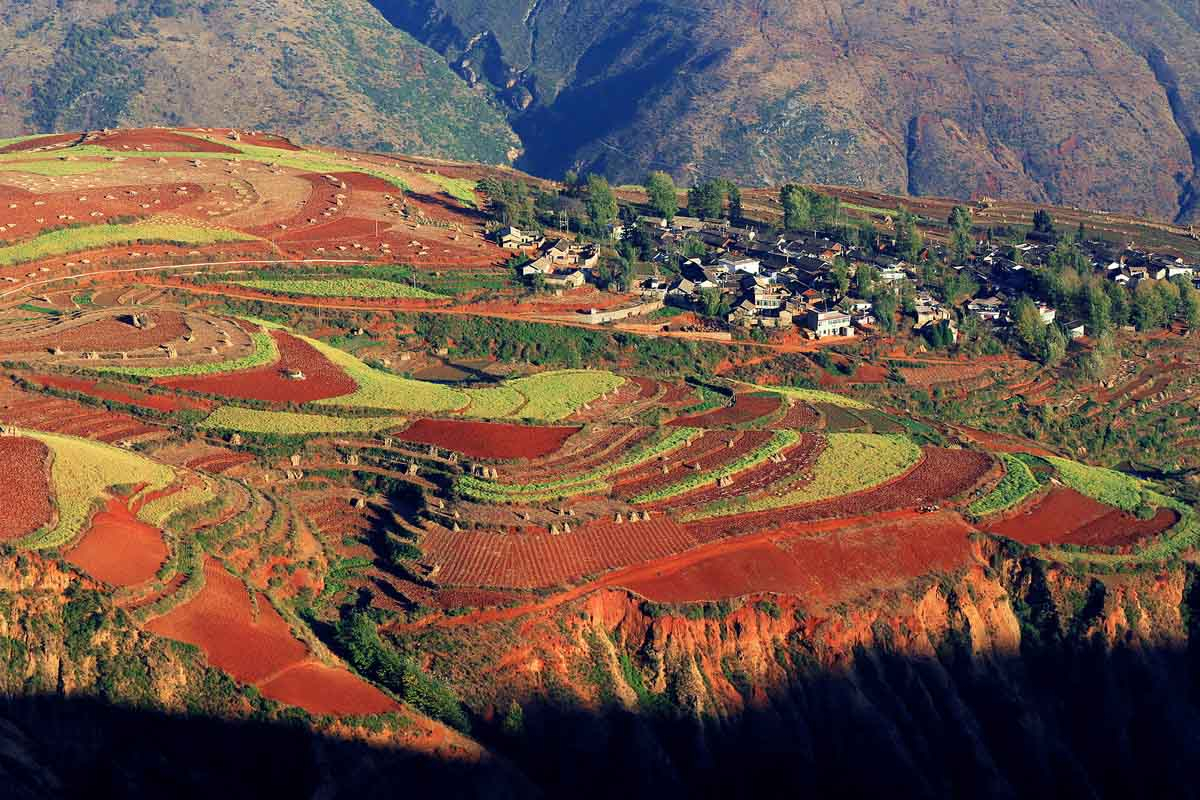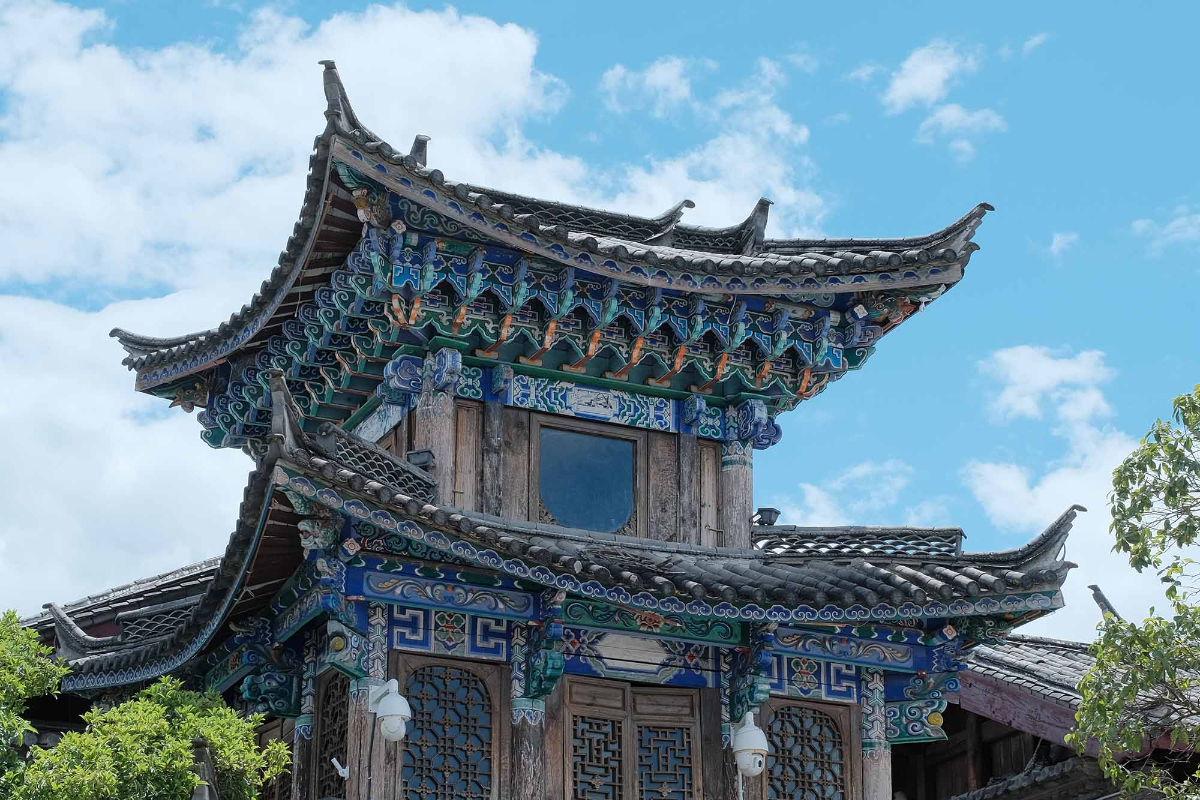Baisha Old Town
Chinese name: Baisha guzhen
Location: Yulong Naxi Ethnic Autonomous County, Lijiang City, Yunnan
Ticket: Free
Estimated time of tour: 2-3hours
Recommended time of visit: Whole year
Nearby attractions: Lijiang old town, Shuhe Old Town, Jade Dragon Snow Mountain, Lashi Lake, etc.
Baisha Old town used to be a Naxi settlement and once home to local Family of Mu, whose leaders were the tribal Governors.Baisha became the capital of ethnic Naxi people. It was also the political, economic and cultural center of Lijiang city ever sine the Ming Dynasty (1368 - 1644). Its origin can be traced back to 7th century during Tang Dynasty. It developed and expanded during Song (960 - 1279) and Yuan (1271 - 1368) Dynasties. From the Ming Dynasty, the governors moved their families to Dayan Town (the current Lijiang Ancient Town) but still built temples in Baisha Village, making this village a religious center during the early Ming Dynasty. The existing Dabaoji, Liuli and Wenchang Palaces and the famous Baisha fresco were completed during that period. Baisha has always been a bustling trading town in history and was famous for its bronze wares. There were more than 150 bronze workshops in the old days.Naxi people made bronze ware not just for themselves but also traded bronze wares with nearby ethnic groups such as Tibetans.
This town is now a crucial part of UNESCO world heritage of Lijiang old towns.Made up of at least 12 smaller villages, the main village is Sanyuan , which has one main stone street called of course, Baisha Street. A quiet town which makes a nice break from the packed Lijiang Old Town. You will see elderly peddlers, some in their traditional Naxi outfit, selling honey, fruits, nuts and other stuff. Support these elders by buying their goods, since they offer fair price even though don't have many visitors.
● Highlights of Baisha Old Town
Baisha fresco
The must-see site of Baisha is its amazing fresco found in Dabaoji Palace and Liuli Palace. Making of these fresco started in Ming dynasty and continued all the way to Qing dynasty. For 300 years, artist from Naxi tribe created hundreds of fresco depicting the daily lives of Naxi people. Today there are about 200 pieces of Naxi fresco in Lijiang city. Among them, 55 pieces are preserved in palaces and temples in Baisha old town. The one in Dabaoji Palace is the most famous. Naxi fresco is the product of tolerant governance which allows and encourages the co-existence of different faith and culture in Naxi communities.
Baisha airport
This seemingly inconspicuous heliport is about 5km east of Baisha town. It was one of the bases for Flying Tigers, led by the legendary Clarie Chennault, these American aviators who volunteered to fly in China and fight back the Japanese invasion in 1930-40s based in places like Baisha, Kunming and Chengdu. These pilots served as volunteers for several years before America declared war with Japan after Pearl Harbour attack.
- HOTEST
- RECOMMEND
